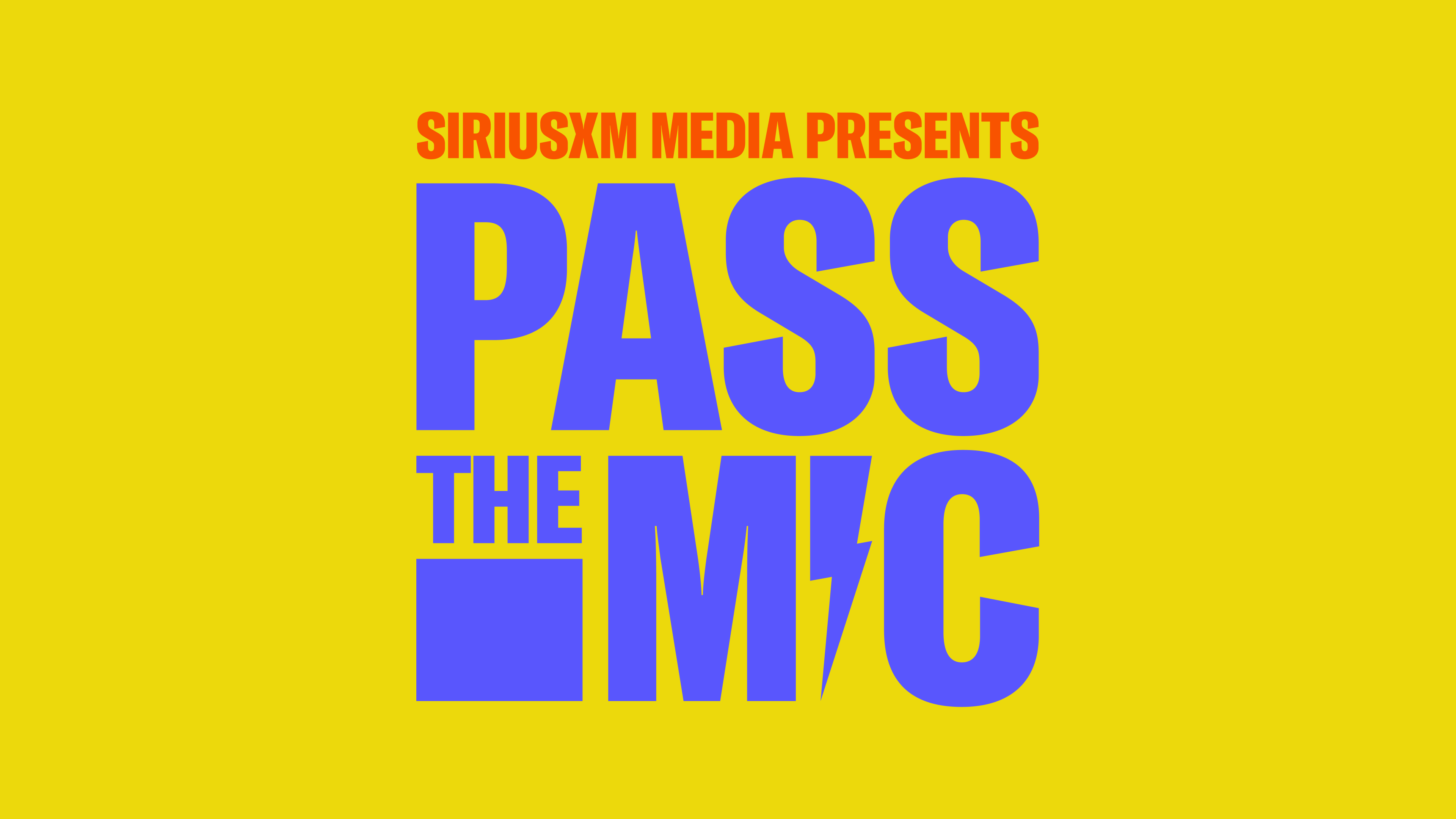Moods, Activities, & Transcription: Going Deep into Contextual Targeting
Oct 27, 2021Contextual targeting is making a comeback, and for good reason. This type of targeting isn’t a new concept, but with Mobile Advertising IDs (MAIDs) declining and a cookie-less future upon us, advertisers are evaluating their targeting solutions to minimize impacts from these industry changes.
One trend we’re seeing? Advertisers are starting to lean on contextual targeting tactics now more than ever, which don’t rely on digital identifiers. At SXM Media, we provide contextual targeting solutions for both streaming and podcast content that rely solely on listening data.
Here are three unique ways we approach contextual targeting:
1. Mood Targeting: Reach Listeners in the Right Emotion
From sad melodies to relaxing beats, the music playing in someone’s ears can reflect their current mood and the messages they may be most receptive to. In fact, research has shown that, “It’s better to go shopping when we’re in a good mood, because we make faster and more consistent decisions.1” The same idea can be applied to our “happy” mood audience segment, but first let’s take a step back.
Mood Targeting is backed by our proprietary “Mood Score,” which can be used to identify the emotional state of a listener based on what they’re listening to. This is how the Mood Score works:
It all starts with Pandora’s “Music Genome Project,” which is fed hundreds of data signals, including mood-based attributes.
Our listener science team scores every song in our catalog against 200 possible moods to describe the overall emotions expressed in a song.
Mood Scores are averaged for songs at the genre level, which gives us an idea of the overall emotional state of people who are listening to any given genre.
Here’s a snapshot of how our team catalogs various moods.
The Mood Score fuels turnkey, targetable segments to reach listeners who may be feeling a certain way: Mellow, Happy, Energetic, Romantic, or Melancholy.
We recently conducted an analysis with our data science team to really understand who’s turning to music in a certain emotional state. Here’s a sample of the insights:
Listeners in a “happy” mood:
Are very engaged and have a positive “thumbs-up” rate of 74% (and from our internal metrics, we see that Happy mood genres account for almost half of overall monthly time spent listening)
Are likely listening to popular artists like Bruno Mars, Beyoncé, and Taylor Swift
Listeners in a “mellow” mood:
Skew towards being millennials
Are likely listening to love, reggae, jazz, and country music genres
Key takeaways:
When looking to reach listeners in a happy mood, consider utilizing our happy mood audience segment or consider sponsoring one of our music stations, such as “Get Happy” for 100% share of voice
When looking to reach listeners in a mellow mood, consider utilizing our mellow mood audience segment, or consider sponsoring one of our music stations, such as “Chill Out” for 100% share of voice
2. Activity Targeting: Reach Listeners Engaging in Everyday Activities
As humans, we go through more than just mood changes in a day. Our days are filled with tons of different activities, from running errands to cooking dinner. That’s when Activity Targeting comes into play—so advertisers can be present during these moments and have their brand message fit seamlessly into their listeners’ days. Created by our data science team, Activity Targeting uses a combination of various real-time listener signals—music-listening data, connectivity data, time of day, and location—to reach specific moments. This allows advertisers to reach listeners in key activities from morning to night, including waking up, working out, winding down, and more.
We conducted a recent user study2 to understand who these listeners are, and we found some valuable insights:
Listeners entertaining at home are:
42% more likely to listen to music on smart TVs
Listeners working out are:
24% more likely to say music gives them confidence
21% more likely to say music helps them to express themselves
29% more likely to use over-the-ear headphones
Key Takeaways:
When reaching listeners entertaining at home, adjust your creative to include messaging about connecting with friends and family
When reaching listeners working out, consider 3D audio to maximize earbud experience
3. Transcription Targeting: Finding the Niche In Podcasts
With thousands of shows and millions of episodes, podcasts provide an extremely rich platform for contextual targeting, but finding the right content can be like looking for a needle in a haystack. Enter the newest type of contextual targeting: Through Transcription Targeting, we target 300+ content categories and use voice-to-text technology to narrow in on podcast content at the episode level.
Not only can advertisers contextually target broad categories, such as “Sports” and “Travel,” but they can also target specific categories for ultra-niche alignment. For example, “Football” and “Running,” or “Business Travel” and “Hotels.”
Humans are complex. In just one day, our moods fluctuate, our activities change, and our content varies. Music and podcasts are the sidekicks we need to complement our days. SXM Media knows how to reach consumers with audio ads through contextual targeting solutions that avoid data volatility. Want to learn more about contextual targeting options? Get in touch with us today.
--
Sources
1. The Independent, “Happy People Make Better, Faster Decisions: Study,” September 2021
2. Pandora Soundboard, User Study, A18+ (n=4,285), April 2021
Related Insights
 Digital Audio
Digital AudioQ & A: The Power of Audio for Retail Media Network Campaigns
Apr 24, 2024 DE&I
DE&I"Be brave and figure it out," Ritu Trivedi from Mindshare
Apr 24, 2024 Digital Audio
Digital AudioDigital Audio Makes Sports Campaigns A Slam Dunk
Apr 23, 2024 Digital Audio
Digital Audio7 Takeaways and Opportunities from the Infinite Dial Report
Apr 23, 2024




